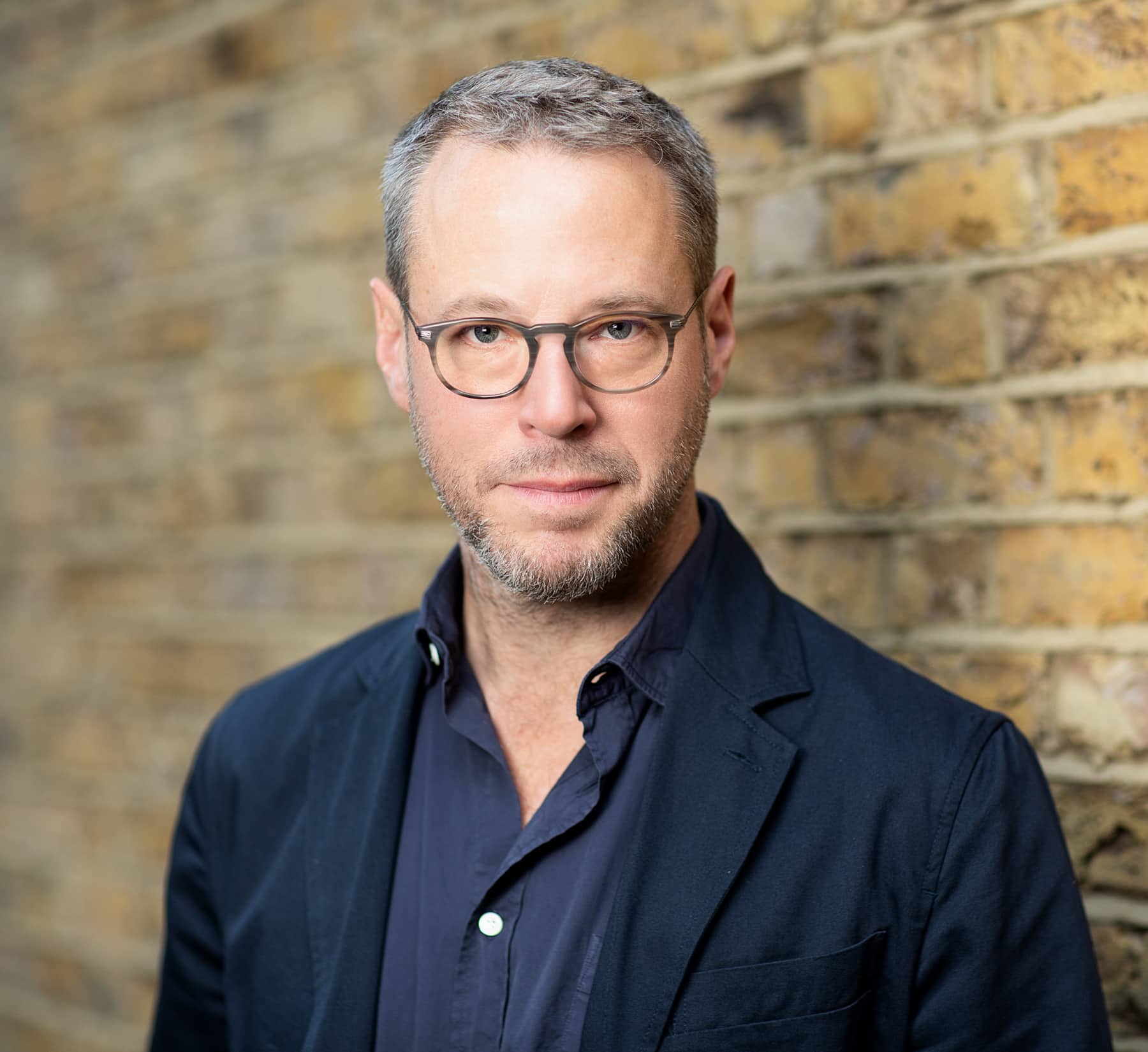Over the past 11 weeks, we’ve hosted peer support sessions for over 180 VCSE leaders across the UK. We’re publishing regular briefings about the challenges they are facing; we’ve also heard much about how these are being overcome.
In celebration of Small Charity Week, we wanted to share six ways in which VCSE leaders are adapting.
- Actively managing staff and volunteer welfare, by encouraging them to:
- Take some time off
- Build self-care into the working day
- Find opportunities for social connection (e.g. daily quizzes, sharing a favourite book or photo weekly)
- Keep a diary
- Adopt a more flexible working pattern
- Introduce a buddy system across the team to ensure people have someone they can check-in with regularly
In cases where staff have been furloughed, finding ways to include them so that they remain motivated and are aware of key organisational decisions/changes:
- Inviting them to take part in remote team meetings
- Rotating furloughed staff to reduce the emotional impact of not being at work
- Swapping furloughed staff between peer organisations for skill sharing and volunteering purposes – informally or through Furlonteer, which has been set up to connect furloughed staff with charities who need their expertise and time
- Setting boundaries
Continuity of service provision – now or when restrictions ease – is the intended goal for most organisations, along with responding to the increasing needs of their beneficiaries. However, VCSE leaders are trying to set clear parameters when it comes to service adaptation to ensure they do not step too far away from their original mission, and that they have the appropriate capacity and skills to deliver: ‘Focus on what you’re good at and do as much of it as you can’.
For some, this is clear cut. Others are finding themselves ‘tip-toeing’ into new or altered activities (e.g. evening and weekend shifts), leading to deeper questions about organisational boundaries and, at times, the need to review charitable objectives: ‘We had one trustee say “you can’t do that”. But we said “we have to do this to support people”. This might be something people have to think about – changing charitable objects’.
- Scenario planning
As things remain unclear and are constantly changing, many leaders are turning to scenario planning as a way of fulfilling their dual role of strategist and visionary. This ensures that long-term implications are being acknowledged without committing to a particular course of action, continuing to ‘take each day as it comes’:
‘It’s important to not be over-planning for the future as we are still in uncertain times. Planning for what’s important for now, and what’s pointless for now is also as important.’
- Working together
Leaders are recognising that, by coming together to collaborate with partners, they can effectively coordinate services and strengthen the sector’s voice to highlight the impact of Covid-19 on organisations, communities and individuals:
‘A natural reaction is to focus internally, but from experience, partnership working is a lifeline and will keep us afloat.’
‘All of this needs to be done with the thinking and humility that we’re all in the same boat and none of us have the perfect answer.’
Examples include:
- Signposting to alternate provision
- Advocating for the needs of particular groups (e.g. the homelessness sector working with the Greater London Authority to address housing need)
- Supporting people who they wouldn’t usually, because they know that the organisation who normally does this is inundated
- Listening
Some are investing time in actively listening to the changing needs of their beneficiaries, either through specific surveys or via ad hoc interactions. This intelligence is being used to help shape organisations’ own responses as well as to ‘actually see what’s happening so that we have some data we can go back to government with … and say “some of the solutions you need to put in place are xyz”’.
- Talking to funders
VCSE leaders are having honest, open conversations with funders about what can and can’t be delivered, and what impact this will have on outcomes for existing grants and contracts. While much of this has been initiated and enabled by funders themselves, it feels important to note the courage and clarity it requires from VCSE leaders to be able to make these decisions, and to articulate what is possible when under extreme pressure.
For the foreseeable future, VCSE leaders will be called on to continually review and reshape their work – in line with shifting government guidance and increasing understanding of what existing and prospective beneficiaries need: ‘No one knows how to feel or respond at the moment. There is no right or wrong way to support people’.
In this context, VCSE leaders are remaining steadfast: holding their nerve; making clear, resolute decisions; balancing optimism with realism; and doing everything possible to protect the welfare and motivation of their workforce to ensure they can continue to deliver high quality – albeit slightly altered – services to those who need them most.


